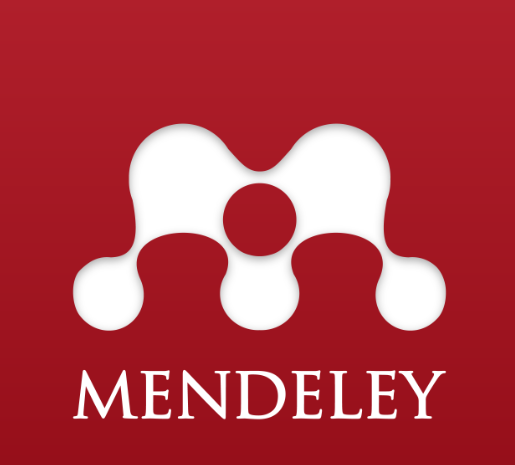ANALISIS PENGENDALIAN KUALITAS PRODUK BIJI PLASTIK UD. LESTARI
DOI:
https://doi.org/10.22219/jmb.v8i2.7068Keywords:
Cause-Effect Diagram, Pareto Diagram, Quality ControlAbstract
The aim of this study was to examine the problems and solutions to quality control of pellets at UD Lestari. The data were collected by using observation, documentation, and interview. Then, the data were analyzed by using cause-effect and pareto diagrams. Cause-effect diagram used to found the caused of damage and eliminate it and pareto diagram used to determine and to sort the total of damage from the largest to smallest. The results of the study showed that there were three kinds of problems, such as: different type of pellets, attached pellets to one another, and pellets chunk due to labor, raw material, machine, and method factors. The pareto diagram shows that the shaped plastic seed was a product damage most widely. The most dominant problem faced by UD Lestari was chunk pellets. Thus, the company should monitor labor, raw material, machine, and method used in processing the pellets.
Downloads
Downloads
Published
Issue
Section
License
Authors who publish with this journal agree to the following terms:
- Authors retain copyright and grant the journal right of first publication with the work simultaneously licensed under a Creative Commons Attribution-ShareAlike 4.0 International License that allows others to share the work with an acknowledgment of the work's authorship and initial publication in this journal.
- Authors are able to enter into separate, additional contractual arrangements for the non-exclusive distribution of the journal's published version of the work (e.g., post it to an institutional repository or publish it in a book), with an acknowledgment of its initial publication in this journal.
- Authors are permitted and encouraged to post their work online (e.g., in institutional repositories or on their website) prior to and during the submission process, as it can lead to productive exchanges, as well as earlier and greater citation of published work (See The Effect of Open Access).

This work is licensed under a Creative Commons Attribution-ShareAlike 4.0 International License.




71.png)





